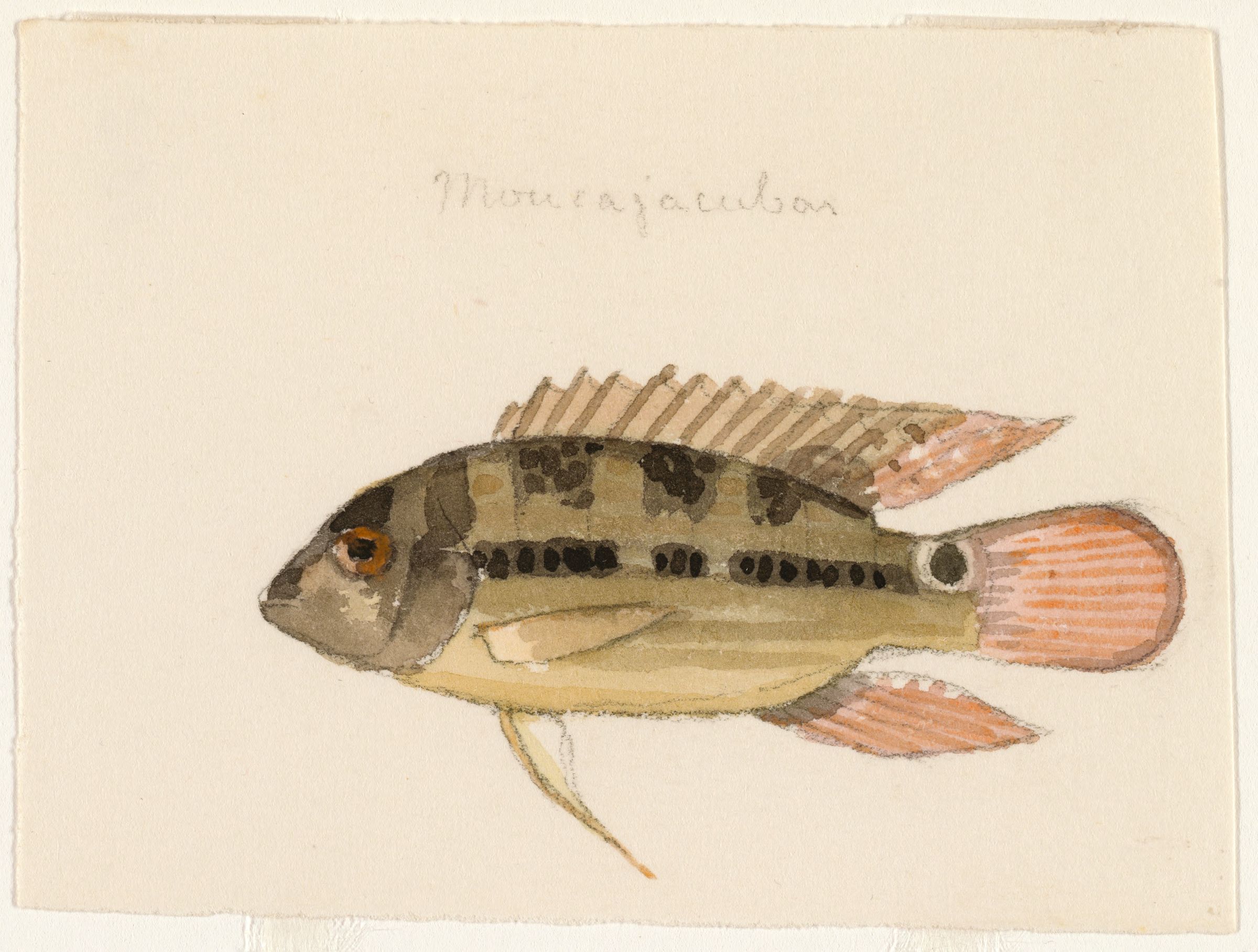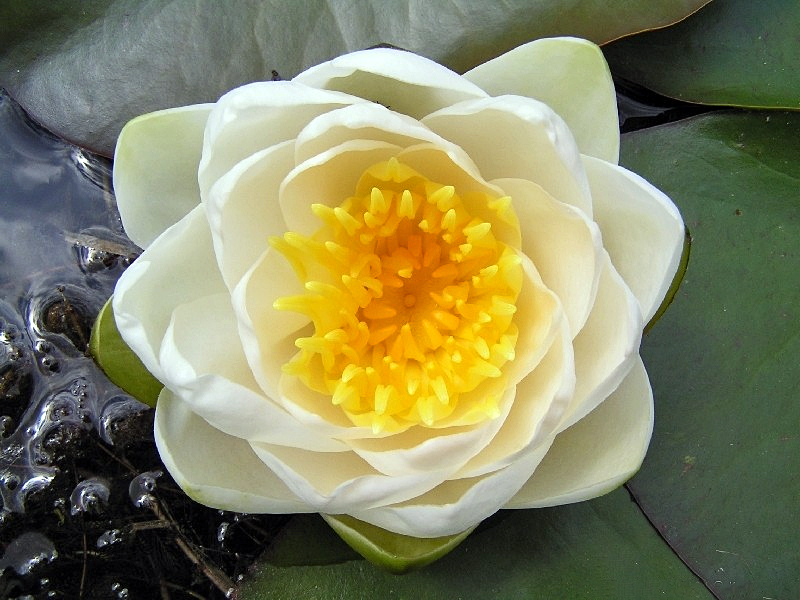|
Tristramella
''Tristramella'' is a genus of oreochromines, freshwater fishes in the cichlid family. The members of this genus prefer standing waters and their native range is restricted to the Jordan River system, including Lake Tiberias (Kinneret), in Israel and Syria, with Introduced species, introduced populations in a few other places in Syria. Its members are among the few cichlids native to Western Asia, the others being ''Astatotilapia flaviijosephi'', ''Coptodon zillii'', ''Iranocichla'', ''Oreochromis aureus'', ''Nile tilapia, O. niloticus'' and ''Sarotherodon galilaeus''. Locally, ''T. simonis'' remains common and an important part of fisheries, but overall it has declined, and it is considered Threatened species, threatened. In contrast, ''T. sacra'' has been extinct since 1989–90, possibly due to the disappearance of its breeding habitat, marshes in Lake Tiberias. ''Tristramella'' reach up to in total length. Overall they resemble typical tilapias and the ''Tristramella'' speci ... [...More Info...] [...Related Items...] OR: [Wikipedia] [Google] [Baidu] |
Tristramella Simonis
''Tristramella simonis'', the short jaw tristramella, is a Vulnerable species, vulnerable species of cichlid fish from the Jordan River system, including Lake Tiberias (Kinneret), in Israel and Syria, with Introduced species, introduced populations in the Nahr al-Kabir and Orontes River, Orontes basins in Syria. It prefers waters with little or no movement. Along with other tilapias, ''T. simonis'' is commonly caught as a food fish in parts of its range and it is commercially important in Lake Tiberias. Conservation status and taxonomy It is the only member of the genus ''Tristramella'' that remains Extant taxon, extant, but it is Vulnerable species, vulnerable according to the IUCN. Primary threats are water extraction and climate change reducing the rain in its range. Other potential threats are uncontrolled fishing, and outbreaks of a viral disease that causes blindness in tilapia, including ''T. simonis''. The species survives in less than ten locations. The primary location i ... [...More Info...] [...Related Items...] OR: [Wikipedia] [Google] [Baidu] |
Lake Tiberias
The Sea of Galilee (, Judeo-Aramaic: יַמּא דטבריא, גִּנֵּיסַר, ), also called Lake Tiberias, Genezareth Lake or Kinneret, is a freshwater lake in Israel. It is the lowest freshwater lake on Earth and the second-lowest lake in the world (after the Dead Sea, a salt lake), with its elevation fluctuating between below sea level (depending on rainfall). It is approximately in circumference, about long, and wide. Its area is at its fullest, and its maximum depth is approximately .Data Summary: Lake Kinneret (Sea of Galilee) The lake is fed partly by underground springs, but its main source is the , ... [...More Info...] [...Related Items...] OR: [Wikipedia] [Google] [Baidu] |
Oreochromine
Oreochromini is a tribe of cichlids in the Pseudocrenilabrinae subfamily that is native to Africa and Western Asia, but a few species have been widely introduced to other parts of the world. It was formerly considered to be part of the tribe Tilapiini but more recent workers have found that the Tilapiini ''sensu lato'' is paraphyletic. Despite this change, species in Oreochromini are still referred to by the common name tilapia and some of the most important tilapia in aquaculture —certain species of '' Oreochromis'' and ''Sarotherodon''— are part of this tribe. In contrast, several species have small ranges and are seriously threatened; a few are already extinct ('' Tristramella sacra'') or possibly extinct ('' Oreochromis ismailiaensis'' and '' O. lidole''). Cichlids in the tribe ''Oreochromini'' are mouthbrooders, carrying the eggs and fry in their mouths instead of placing them in a nest. The numerous ''Oreochromis'' species are maternal mouthbrooders, meaning only the ... [...More Info...] [...Related Items...] OR: [Wikipedia] [Google] [Baidu] |
Cichlid
Cichlids () are a large, diverse, and widespread family of percomorph fish in the family Cichlidae, order Cichliformes. At least 1,760 species have been scientifically described, making it one of the largest vertebrate families, with only the Cyprinidae being more speciose. New species are discovered annually, and many species remain undescribed. The actual number of species is therefore unknown, with estimates varying between 2,000 and 3,000. They are native to the Neotropics, Africa (including Madagascar), the Middle East, and the Indian subcontinent, although some species have been introduced worldwide. Many cichlids, particularly tilapia, are important food fishes, while others, such as the '' Cichla'' species, are valued game fish. The family also includes many popular freshwater aquarium fish kept by hobbyists, including the angelfish, oscars, and discus. Cichlids have the largest number of endangered species among vertebrate families, most in the haplochrom ... [...More Info...] [...Related Items...] OR: [Wikipedia] [Google] [Baidu] |
Astatotilapia Flaviijosephi
''Astatotilapia flaviijosephi'', the Jordan mouthbrooder, is a vulnerable species of freshwater fish in the family Cichlidae (cichlids). It is found in the central Jordan River system, including Lake Tiberias (Kinneret), in Israel, Jordan and Syria, making it the only haplochromine cichlid to naturally range outside of Africa. This species is too small to be of significant importance to fisheries, unlike the only other cichlids native to the Levant, the economically important tilapias (''Oreochromis aureus'', '' O. niloticus'', '' Sarotherodon galilaeus'', '' Coptodon zillii'' and ''Tristramella''). The specific name ''flaviijosephi'' refers to the historian Titus Flavius Josephus (37–c. 100 CE). Habitat and conservation status The natural habitats of ''A. flaviijosephi'' are streams, springs, canals, pools and shallow waters in lakes, especially in areas with stones or aquatic vegetation. The various subpopulations are isolated from each other, with some being lacustrine ... [...More Info...] [...Related Items...] OR: [Wikipedia] [Google] [Baidu] |
Detritus
In biology, detritus ( or ) is organic matter made up of the decomposition, decomposing remains of organisms and plants, and also of feces. Detritus usually hosts communities of microorganisms that colonize and decomposition, decompose (Remineralisation, remineralise) it. Such microorganisms may be decomposers, detritivores, or coprophages. In terrestrial ecosystems detritus is present as plant litter and other organic matter that is intermixed with soil, known as soil organic matter. The detritus of aquatic ecosystems is organic substances suspended in the water and accumulated in depositions on the floor of the body of water; when this floor is a seabed, such a deposition is called marine snow. Theory The remains of decaying plants or animals, or their tissue parts, and feces gradually lose their form due to physical processes and the action of decomposers, including grazers, bacteria, and fungi. Decomposition, the process by which organic matter is decomposed, occurs in ... [...More Info...] [...Related Items...] OR: [Wikipedia] [Google] [Baidu] |
Phytoplankton
Phytoplankton () are the autotrophic (self-feeding) components of the plankton community and a key part of ocean and freshwater Aquatic ecosystem, ecosystems. The name comes from the Greek language, Greek words (), meaning 'plant', and (), meaning 'wanderer' or 'drifter'. Phytoplankton obtain their energy through photosynthesis, as trees and other plants do on land. This means phytoplankton must have light from the sun, so they live in the well-lit surface layers (euphotic zone) of oceans and lakes. In comparison with terrestrial plants, phytoplankton are distributed over a larger surface area, are exposed to less seasonal variation and have markedly faster turnover rates than trees (days versus decades). As a result, phytoplankton respond rapidly on a global scale to climate variations. Phytoplankton form the base of marine and freshwater food webs and are key players in the global carbon cycle. They account for about half of global photosynthetic activity and at least half o ... [...More Info...] [...Related Items...] OR: [Wikipedia] [Google] [Baidu] |
Zooplankton
Zooplankton are the heterotrophic component of the planktonic community (the " zoo-" prefix comes from ), having to consume other organisms to thrive. Plankton are aquatic organisms that are unable to swim effectively against currents. Consequently, they drift or are carried along by currents in the ocean, or by currents in seas, lakes or rivers. Zooplankton can be contrasted with phytoplankton (cyanobacteria and microalgae), which are the plant-like component of the plankton community (the " phyto-" prefix comes from , although taxonomically ''not'' plants). Zooplankton are heterotrophic (other-feeding), whereas phytoplankton are autotrophic (self-feeding), often generating biological energy and macromolecules through chlorophyllic carbon fixation using sunlightin other words, zooplankton cannot manufacture their own food, while phytoplankton can. As a result, zooplankton must acquire nutrients by feeding on other organisms such as phytoplankton, which are generally smaller t ... [...More Info...] [...Related Items...] OR: [Wikipedia] [Google] [Baidu] |
Macrophyte
Aquatic plants, also referred to as hydrophytes, are vascular plants and non-vascular plants that have adapted to live in aquatic environments ( saltwater or freshwater). In lakes, rivers and wetlands, aquatic vegetations provide cover for aquatic animals such as fish, amphibians and aquatic insects, create substrate for benthic invertebrates, produce oxygen via photosynthesis, and serve as food for some herbivorous wildlife. Familiar examples of aquatic plants include waterlily, lotus, duckweeds, mosquito fern, floating heart, water milfoils, mare's tail, water lettuce, water hyacinth, and algae. Aquatic plants require special adaptations for prolonged inundation in water, and for floating at the water surface. The most common adaptation is the presence of lightweight internal packing cells, aerenchyma, but floating leaves and finely dissected leaves are also common.Sculthorpe, C. D. 1967. The Biology of Aquatic Vascular Plants. Reprinted 1985 Edward Arnold, by London.H ... [...More Info...] [...Related Items...] OR: [Wikipedia] [Google] [Baidu] |
Genus
Genus (; : genera ) is a taxonomic rank above species and below family (taxonomy), family as used in the biological classification of extant taxon, living and fossil organisms as well as Virus classification#ICTV classification, viruses. In binomial nomenclature, the genus name forms the first part of the binomial species name for each species within the genus. :E.g. ''Panthera leo'' (lion) and ''Panthera onca'' (jaguar) are two species within the genus ''Panthera''. ''Panthera'' is a genus within the family Felidae. The composition of a genus is determined by taxonomy (biology), taxonomists. The standards for genus classification are not strictly codified, so different authorities often produce different classifications for genera. There are some general practices used, however, including the idea that a newly defined genus should fulfill these three criteria to be descriptively useful: # monophyly – all descendants of an ancestral taxon are grouped together (i.e. Phylogeneti ... [...More Info...] [...Related Items...] OR: [Wikipedia] [Google] [Baidu] |
Mouthbrooder
Mouthbrooding, also known as oral incubation and buccal incubation, is the care given by some groups of animals to their offspring by holding them in the mouth of the parent for extended periods of time. Although mouthbrooding is performed by a variety of different animals, such as the Darwin's frog, fish are by far the most diverse mouthbrooders. Mouthbrooding has evolved independently in several different families of fish. Mouthbrooding behaviour Paternal mouthbrooders are species where the male looks after the eggs. Paternal mouthbrooders include the arowana, various mouthbrooding bettas and gouramies such as '' Betta pugnax'', and sea catfish such as '' Ariopsis felis''. Among cichlids, paternal mouthbrooding is relatively rare, but is found among some of the tilapiines, most notably the black-chin tilapia '' Sarotherodon melanotheron''. In the case of the maternal mouthbrooders, the female takes the eggs. Maternal mouthbrooders are found among both African and South American ... [...More Info...] [...Related Items...] OR: [Wikipedia] [Google] [Baidu] |
Hybrid (biology)
In biology, a hybrid is the offspring resulting from combining the qualities of two organisms of different varieties, subspecies, species or genera through sexual reproduction. Generally, it means that each cell has genetic material from two different organisms, whereas an individual where some cells are derived from a different organism is called a chimera. Hybrids are not always intermediates between their parents such as in blending inheritance (a now discredited theory in modern genetics by particulate inheritance), but can show hybrid vigor, sometimes growing larger or taller than either parent. The concept of a hybrid is interpreted differently in animal and plant breeding, where there is interest in the individual parentage. In genetics, attention is focused on the numbers of chromosomes. In taxonomy, a key question is how closely related the parent species are. Species are reproductively isolated by strong barriers to hybridization, which include genetic and morph ... [...More Info...] [...Related Items...] OR: [Wikipedia] [Google] [Baidu] |







